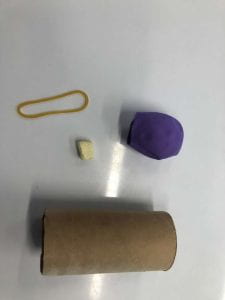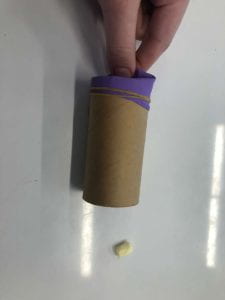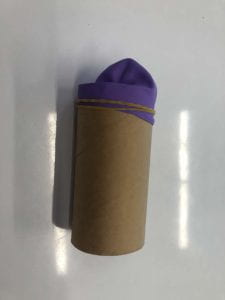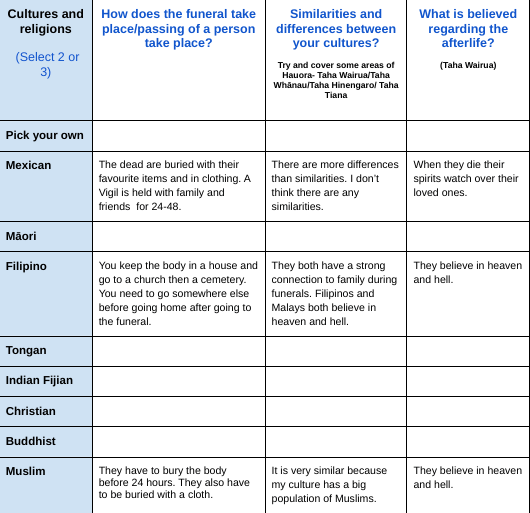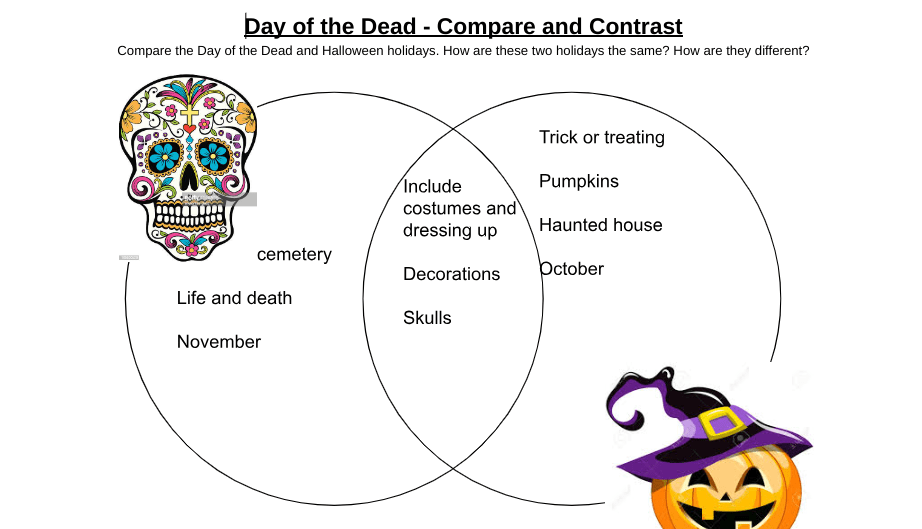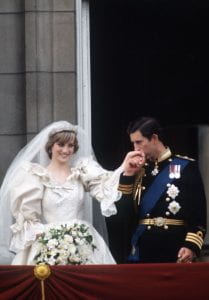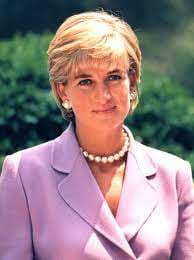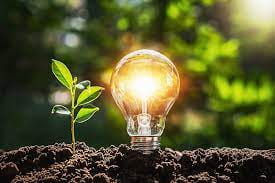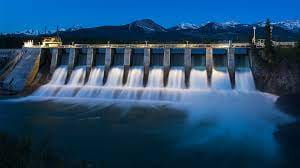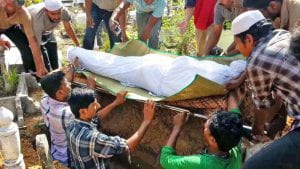Hey Readers!
This week we’ve been learning more information about physics. Today we began learning about all the 8 different types of energy (light energy, electrical energy, heat energy, gravitational potential energy, sound energy, chemical potential energy, kinetic energy, and elastic potential energy). We watched an in depth video explaining what energy is, types of energy and how energy is made. While watching the video we got the chance to write down some notes on a Padlet, which was good so I could take in more information. After that we needed to write a blog post, here’s what I’ve learnt so far.
Light energy is a kind of kinetic energy that has the ability to make types of light visible to human eyes. 4 types of light energy are visible light, infrared waves, x-rays, and ultra violet light. The energy is caused from when an objects atom heats up, photon (the smallest packet of electromagnet’s energy) are produced from the movement of atoms. More photons are produced when the object is hotter, meaning the light becomes brighter. Some examples of light energy are stars, light bulbs, lasers, flashlights, fire, sunlight, LED lights, glow sticks, lamps and glowing coil.




Electrical energy is found in any object/thing that uses electricity. This type of energy is made from when a turbine generator set converts mechanical energy to electrical energy. To be more specific, electrons get pushed out of their orbit and apply force makes them move from atom to atom; these shifting electrons are electricity. It can be found in batteries, lightning, all electronics, wall sockets, wires, wind turbines, solar cells, cars (both electric and fuel efficient cars) and light switches etc.



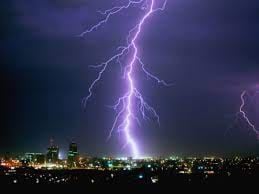
Heat energy (thermal energy) is the result of movement of atoms, molecules or iron in solids, liquids and gases. The energy is transferred from a substance having a higher temperature to a substance having a lower temperature. In addition, the heat to a substance increases its internal temperature. Transfer or flow from difference in temperature between two objects is called heat. Heat is included in a hot drink, hot ovens, heaters, heat pump, the sun, friction, and burning wood. 3 types of heat energy’s are conduction, convection and radiation.
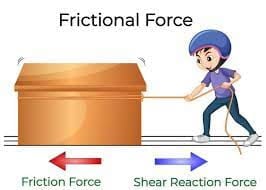

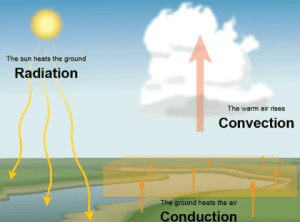
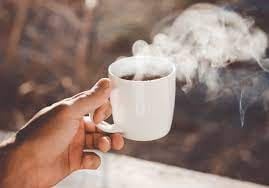
Gravitational potential energy comes from potential energy a massive object has in relation to another huge object due to gravity. This is related to the gravitational fields (converted to kinetic energy) that’s released when objects fall towards each other. These include objects found above the ground, tides, pouring drinks, fruits falling from trees, a bird sitting on a tree, a plane flying above you and when books fall from a table to the ground/floor.

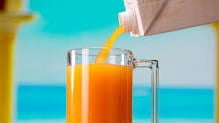
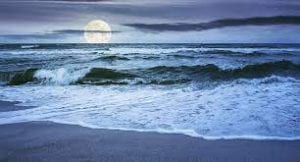

Sound energy is created from vibrations. When objects vibrate, this causes movement in surrounding air molecules. The molecules bump into other molecules close to them, causing them to also vibrate. Music is a commonly known example of sound energy, more examples include electrical instruments, animals using vocal cords, people singing, acoustic instruments, cars honking, wind howling, any sort of animal noise, plane taking off, alarm, door closing and opening food packaging or cooking.


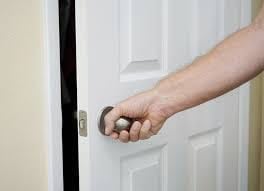

Chemical potential energy is the energy formed from atoms, chemical bonds and subatomic particles. When atoms share or transfer valence electrons bonds form. Valence electrons are the electrons in the outer energy level of atoms that may be involved in chemical interactions; they’re the basis of all chemical bonds. 10 examples are batteries, food digestion, combustion of fuel or explosives, biomass, petroleum, natural gas, coal, dynamite and water in contact with ice.
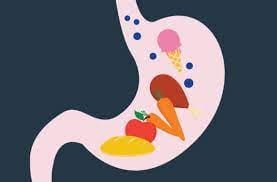
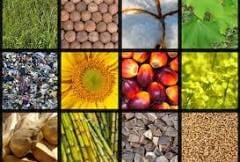
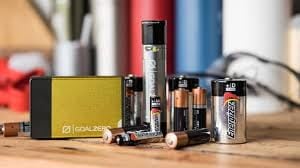

Kinetic is a major type of energy. It’s made when potential energy is released, triggered into motion by gravity or elastic forces, surrounded by other catalysts (substances that cause or accelerates chemical reactions without itself being affected). Atoms (from kinetic and potential energy) result from the motion of electrons. Hydro power plants, wind mills, moving cars, people walking, crumbs falling from the surface and a charged particle in an electric field are all examples of kinetic energy.
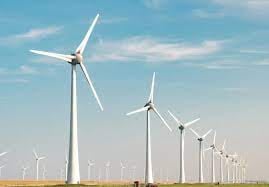

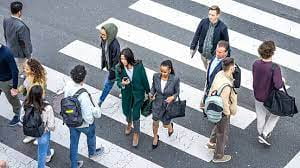

Elastic potential energy is energy stored as a result of applying force to deform an elastic object. During the process of elastic potential energy, energy is stored between the bonds between atoms. Bonds absorb energy while they’re put under stress and release the energy as they relax (when the object goes back to normal). There are all sorts of types of elastic potential examples; pulling rubber band to create a slingshot, archers stretched bow, bouncy ball when compressed at the moment it bounces off a brick wall, shock absorbed in cars, springs and trampolines etc.

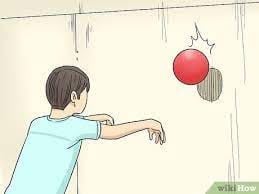

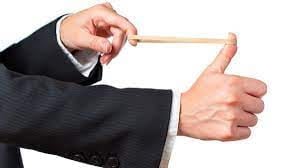
Thank you for reading my blog post, I hope you learned something new! 😆
